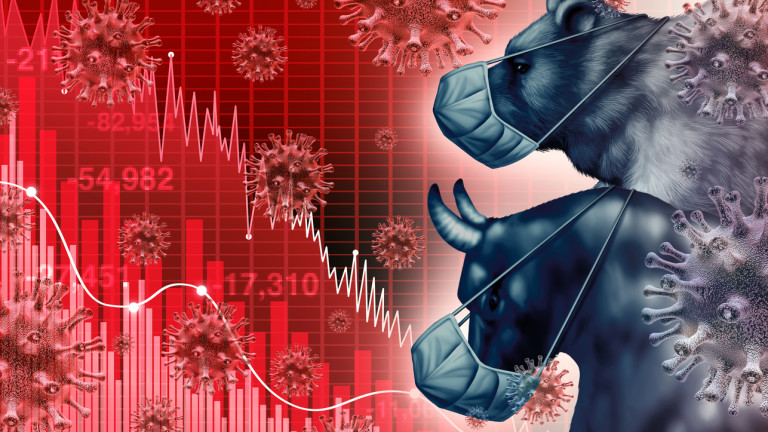By Manolo Jacinto, CEO of ANTÍTESIS
In recent years, the month of June has taken on a new meaning for our society, the rainbow has strongly adhered to the fight for the rights of the LGBTIQ + community and at the same time it has become a symbol of celebration and joy, generating great income for companies.
Although officially International Pride Day is June 28, the reality is that from the first day of the month: cities, products, governments and more and more groups and individuals appropriate the multicolored flag that by itself is noted.
And what about the brands, every year more business turns show their support or interest in this community, which contributes millions of dollars annually to the global economy. Such is the case of Adidas and Doritos, who in advance have created exclusive lines of differentiated products for diversity. But: Is diverse marketing just a seasonal campaign or colorful packaging?
Should celebrating Pride Day be a corporate responsibility?
It is evident that consumption and advertising are transformed with the thinking of the people. Let us remember how in the campaigns of the 1950s, images of heterosexual couples, with women housewives and successful office men, were frequently seen; stereotypes that by the end of the century they would be prey to sexual liberation and the objectified body. Undoubtedly, at the end of the nineties, the referents of realization began to migrate towards the independence of sex and the archetypes of family, race and beauty began to question other forms of expression, diverse forms that always existed, but that had little place media, political and social in previous decades.
With this background, the 21st century exploded with digital communication and broke the paradigm of “normal”. The expansion of information and the plurality of content blurred hetero-normed binomials and socially limited stereotypes. People expanded their spectrum of life through the glasses of the Internet and satellite technology, that “that sees everything”, in all directions and to all worlds.
This mega capacity to see ourselves reflected in diversity has forged a new advertising approach, broad in its insights of life, but also more segmented by tastes and preferences. Today the products and contents must be inclusive or minimally respectful of identity, gender, sexual preferences, beliefs, struggles, relationships and other psychographic variables. That is why today many of the campaigns are supported by the simplification of the message; through social media, universal motivators or trends; at the same time, the boom in advertising inclusion of diverse people, races and minorities breaks with the established and begins to generate attraction and empathy with our reality.
Clear example of marketing that has pushed the boundaries of the genre, are the campaigns for personal care, makeup or cosmetic products, which show a strong mixed market share with a great capacity to specialize in particular niches, such as cosmetics for the transgender community. The same occurs with various lines of toys that have increased their sales, through the inclusion of their dolls, dolls and “dolls “ that represent the plurality of ethnic groups, beliefs, occupations and even special abilities.
In the agency antithesis One thing that supports us in finding opportunities in “new markets,” such as LGBTIQ + communities, is analyzing segments and products prior to launches. If we delve into consumer behavior and the culture around of them, we can outline the brands and their communication to introduce or strengthen ourselves. We suggest that, once these opportunities for interaction are detected, the company uses the approach to diversity in an integrative way, not only with the promotion or the branding, also towards the interior of the organizational culture.
With this new multidirectional and inclusive approach, campaigns must transcend from colorful marketing to become important spokespersons for social development from home, moving from a simple exchange of goods to inclusive social experiences. This is the new challenge for Diversely Responsible Companies who wish to tattoo the LGBTIQ + flag for the coming years, where beyond a month of proud sales, they will live in social legitimacy and sustained relationships with this constantly expanding market.
– .


